When it comes to making wood surface smoother and flatter, sandpaper comes in handy. It removes both smaller and larger scratches from the wood piece.
Knowing how to use sandpaper on wood is the key! A wrong sanding approach may ruin the entire wood surface.
This article will cover a complete guide about this topic.
Why Do We Use Sandpaper On Wood?
Sandpapers are mainly used on wood to smooth the surface and remove imperfections, such as scratches, uneven spots, etc.
It also improves the overall look and health of the wood. This makes it easy to maintain.
Besides, woodworkers use sandpaper before painting the surface. This allows the filling compound and paints to adhere appropriately.
How Sandpaper Works On Wood?
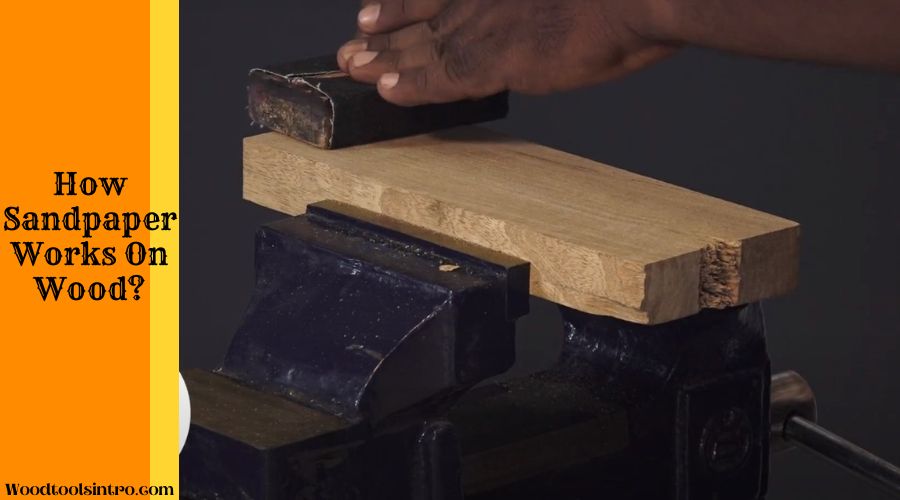
When you rub sandpaper on a wood piece, its grit generates a small, mid, or larger scratch pattern depending on the sandpaper grit rating.
It removes uneven spots with thousands of tiny abrasive particles.
As finer grit sandpapers are used, the scratches left behind become smaller, and the surface becomes smoother.
What Are The 3 Grades Of Wood Sandpaper?
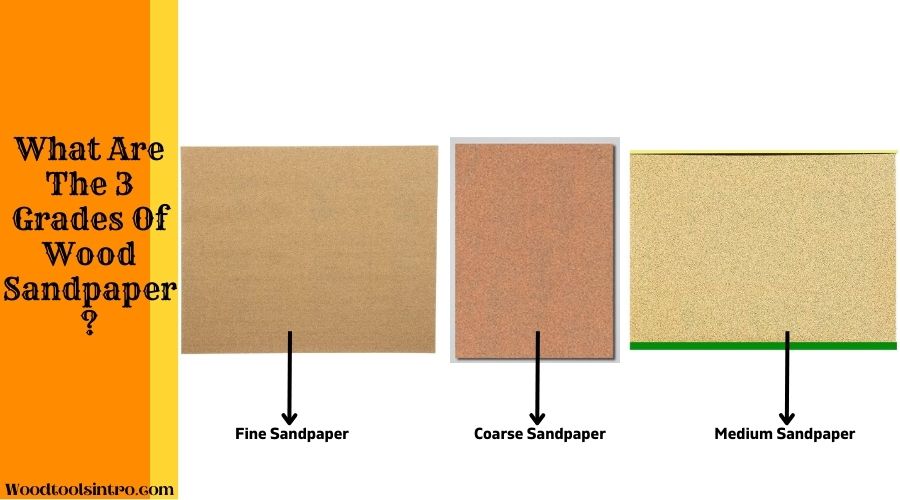
Sandpapers for wood are available in three options: coarse, medium, and fine.
01. Coarse
Their grit rating ranges from 60 to 80 grit.
This type of sandpaper is used to rough or massive imperfections quickly.
It is also useful for shaping and leveling surfaces or removing old paint or finishes.
02. Medium
The grit rating of this sandpaper ranges from 100 to 150 grit.
They mainly used for the final shaping of the wood piece and prepared the wood for finishing.
Woodworkers also utilize them to get off minor imperfections.
03. Fine
Their grit rating ranges from 180 to 220 grit.
Coarser grits may have left some scratches on the wood surface.
They create a smooth and even finish and prepare wood surfaces for staining or painting.
What Type Of Sandpaper Is Best For Wood?
It generally depends on the condition of the wood surface.
The following tables show which type of sandpaper is best depending on the requirements.
| Grit Type | Grit Rating | Ideal Usage |
| Extra Coarse Grit | 40 grit | Stripping the wood surface |
| Coarse Grit | 60 or 80 grit | Removes heavy roughness or imperfections |
| Medium Grit | 100 to 150 grit | Regular sanding |
| Fine Grit | 180 to 220 grit | Final finishing and polishing |
| Super Fine Grit | 320 to 400 grit | Super finishing |
Wood Sanding Tools
Wood sanding tools are mainly used to prepare and finish wood surfaces.
They smoothen out rough surfaces, remove imperfections, and shape wood to create a desired shape or finish.
01. Sandpaper Sheets
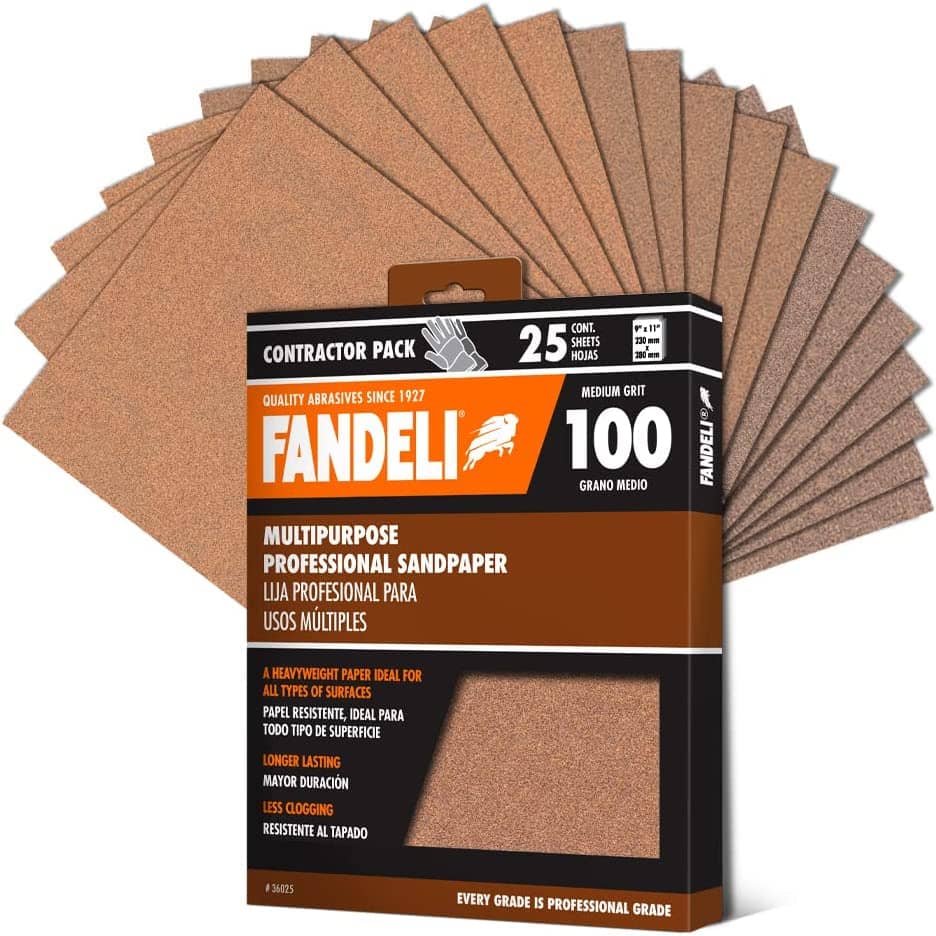
They usually come in a rectangular shape. But you can cut them into the desired size and shape for the task.
Sandpaper sheets come in various grit sizes, from coarse to fine.
They can remove roughness, scratches, and other imperfections on wood surfaces.
02. Sanding Belts
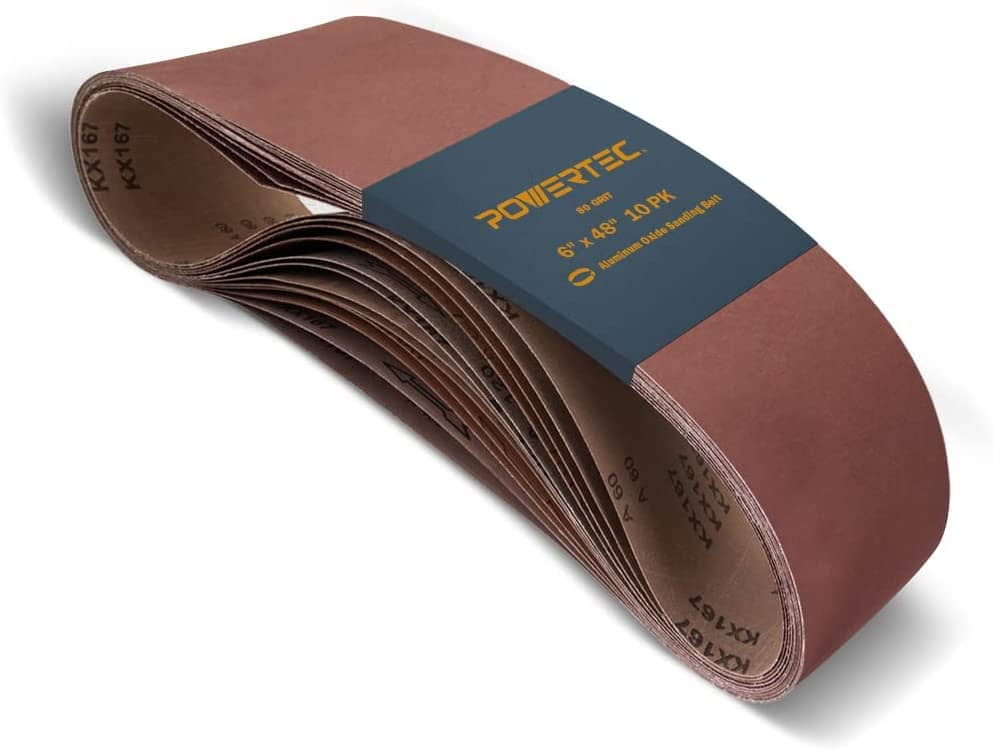
They are abrasive belts commonly used on wood for sanding and smoothing large flat surfaces.
Sanding belts are made of coated abrasive material, such as aluminum oxide. This type of sandpaper is mainly used with a belt sander.
They come in handy to remove huge amounts of material rapidly, such as when refinishing floors or removing old paint or finishes.
03. Sanding Discs
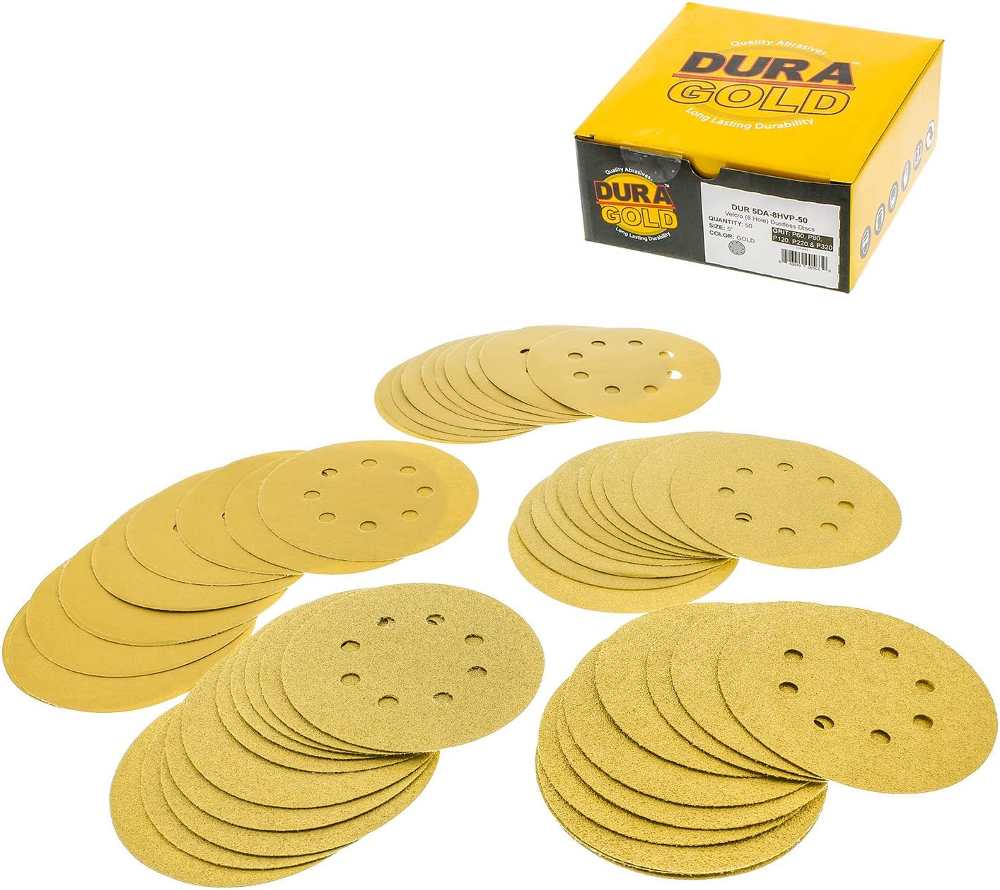
This type of sanding tool is commonly used on wood for sanding and smoothing surfaces.
They are made of coated abrasive material, such as aluminum oxide or silicon carbide.
Woodworkers use sanding discs with various power tools, including angle grinders, random orbital sanders, and disc sanders.
How To Use Sandpaper On Wood Step-By-Step Guide
Here is a step-by-step guide on how to use sandpaper on wood:
Step: 01—Scribbling Light Pencil Lines
It might sometimes be tricky to figure out where you have sanded and where not.
One of the best solutions is scribbling light pencil lines over the wood surface. They will go away when they sand the wood piece.
This will help you sand the whole wood piece without missing a single spot. It also comes in handy to sand hard-to-see high and low areas easily.
Step: 02—Selecting The Right Sandpaper
The next job is choosing the right grit sandpaper. Generally, coarse, medium, and fine-grit sandpaper is essential.
When working on raw wood, extra coarse sandpaper may be needed initially to remove or strip thick layers of wood.
It generally depends on what sanding result you want to achieve.
Step: 03—Sanding The Wood
It is a good rule of thumb to use both power sanding tools along with hand sanding. There might be some hidden scratches that power tools left. Hand sanding can remove them.
Start with coarse sandpaper, followed by medium grit sandpaper. Then finish the sanding jobs with fine sandpaper.
Make sure to sand in the direction of the wood grain to reduce the visibility of scratches.
However, if the wood piece has any deeper stains and scratches, you can sand across the grain.
But be cautious. Your sanding angle must not be 45 degrees, especially for initial sanding.
Step: 04—Cleaning The Wood Surface
Grab a tack cloth or Microfiber cloth and lightly rub it over the wood surface to remove the dust and particles created by the sandpaper
Then, pour a small number of mineral spirits on the fabric and rub it gently clean to the top layer.
Using Sandpaper On Wood Advantages & Disadvantages
| Advantages of using sandpaper on wood | Disadvantages of using sandpaper on wood |
| Removes rough spots and uneven surfaces | May make the wood extremely smooth |
| Smoothes wood grain | Generate harmful fine dust particles |
| Prepares wood for finishing | May damage the wood fiber |
| Creates a better surface for paint or stain to adhere to | Paint may not adhere well too inappropriate sanding |
| Can be used to shape wood or remove layers of material | Time-consuming and labor-intensive for large or intricate projects |
| Available in a range of grits for different levels of abrasiveness | May require additional cleanup to remove sanding debris |
| Relatively inexpensive and easy to use | Weakens the overall structure of the wood |
| Perfect for various wood types and finishes |
Using Sandpaper On Wood Common Mistakes & How to Avoid Them
01. Make sure to use the appropriate grit of sandpaper for the wood type and condition.
02. Avoid applying too much pressure to prevent damaging or gouging the wood.
03. Change the sandpaper frequently to avoid clogging and reduced effectiveness.
04. Don’t use too old or worn out as they can lead to poor finishes and wasted efforts.
Frequently Asked Questions
Regular sandpaper might be okay to use but not highly effective. It is best to use appropriate grit of sandpaper for the best result.
You can use water with a bit of detergent to avoid the sandpaper building up with material and minimize scratches.
Rubbing sandpaper on a wood surface makes the wood smoother and gives it a polished look gradually through repeated sanding.
Last Words
It is common for beginners to make mistakes while sanding wood. Make sure to practice sanding on a plank of scrap wood before working on the primary material.
Now, you know how to use sandpaper on wood. Don’t forget to clean the wood surface properly before sanding it.

I am Imtiaj Islam. I am a wood working enthusiast, having 6 years of experience in carpentry work. I have a BBA graduate degree from Chittagong College. I got vocational training on wood works from Korean Polytechnic out of the quest and zest he has for carpentry as well. I take several wood projects and keep testing different woodworking tools for comfortable and perfect work. I just love playing with woods and machines.
